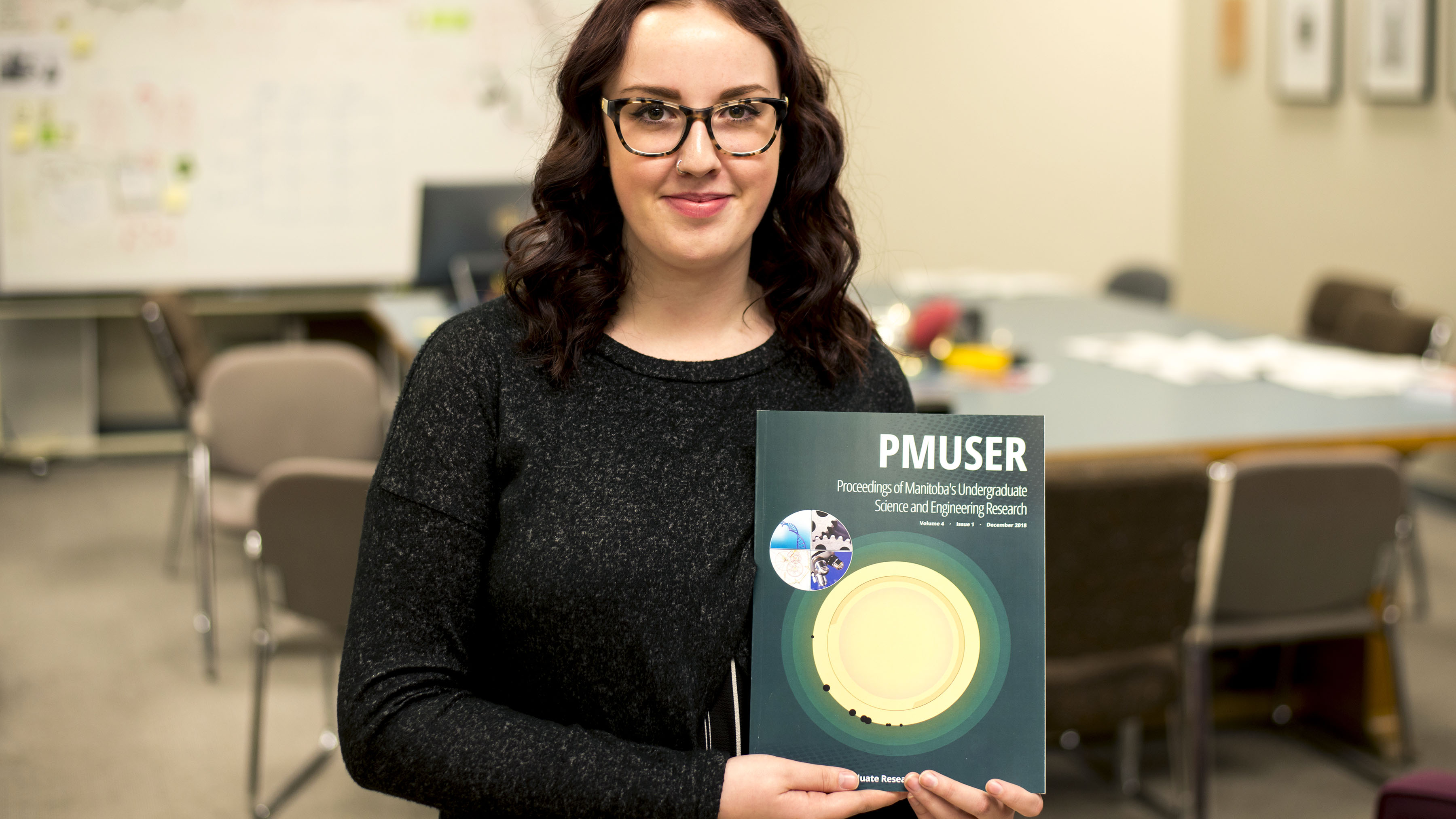With flu season quickly approaching, throngs of people will soon descend on their doctors to get the flu shot while others will brace themselves with daily vitamin C supplements. Whatever your prep entails, we all hope to get through the winter without getting the flu, yet every year we all seem to succumb to this virus anyway. This is why a recent innovation, using pine needles to produce Tamiflu — the world’s most widely used anti flu medication — is so exciting.
Researchers at the University of Maine at Orono have found a way to extract shikimic acid, a key ingredient in Tamiflu synthesis, from the needles of local pines. The relatively simple extraction process could one day help boost supply of this important antiviral.
Tamiflu (oseltamivir phosphate) is the most frequently prescribed flu medicine, with 27.8 million prescriptions given in the U.S. alone over the past 11 years. It can be synthesized through an eight step chemical process, which begins with shikimic acid.
Currently the shikimic acid for this process is supplied by two sources: strains of genetically engineered bacteria can produce it and it can also be extracted from the fruits of the star anise tree (Illicium verum). The star anise is a small evergreen tree native to southwest China where it is currently cultivated commercially.
Although it is difficult to discern the true state of shikimic acid supply, several sources claim that the H1N1 pandemic led to a shortage of shikimic acid as governments stockpiled massive quantities of Tamiflu. Roche Holding AG, the parent corporation which holds the patent for Tamiflu, maintains that there is an ample supply from the two current sources. Whoever is right, it doesn’t hurt to have an alternate means of production up your sleeve, especially if we expect global flu pandemics to increase in frequency.
Shikimic acid is a precursor molecule for many plant molecules and it makes up roughly three per cent of the dry weight of pine and spruce needles. The team at the University of Maine was led by researchers Ray Fort Jr. and Barbara Cole. Their method of extraction is simple and requires water and ethanol (the bread
and butter of chemistry). While the process is not ready for large-scale production, and the researchers themselves are unsure if a commercial market for it exists at the moment, the program is promising nonetheless.
In addition to offering an alternative source of valuable shikimic acid, it also offers a potentially vital new market for forest products. The team has found that needles of red pine, white pine and other species of conifer could all be used as a source of shikimic acid. Given that the needles of harvested trees are not used for anything at the moment, this could be a tremendous opportunity for economic expansion while also diversifying the supply market.
The use of plants to achieve such wonderful pharmaceutical benefits shouldn’t come as a surprise to anyone. After all, many of the medicines we take for granted today have their origins as plant or fungal secondary compounds. So perhaps instead of dosing ourselves with vitamins all year we should take a minute to smell the roses; who knows, it might just cure that stuffy nose.




